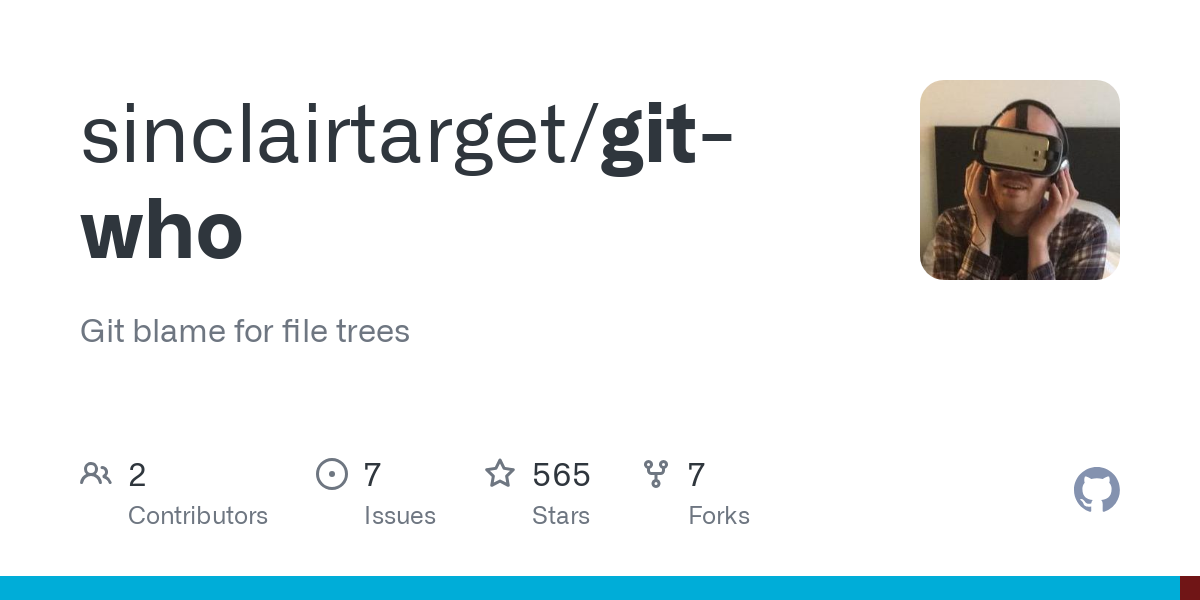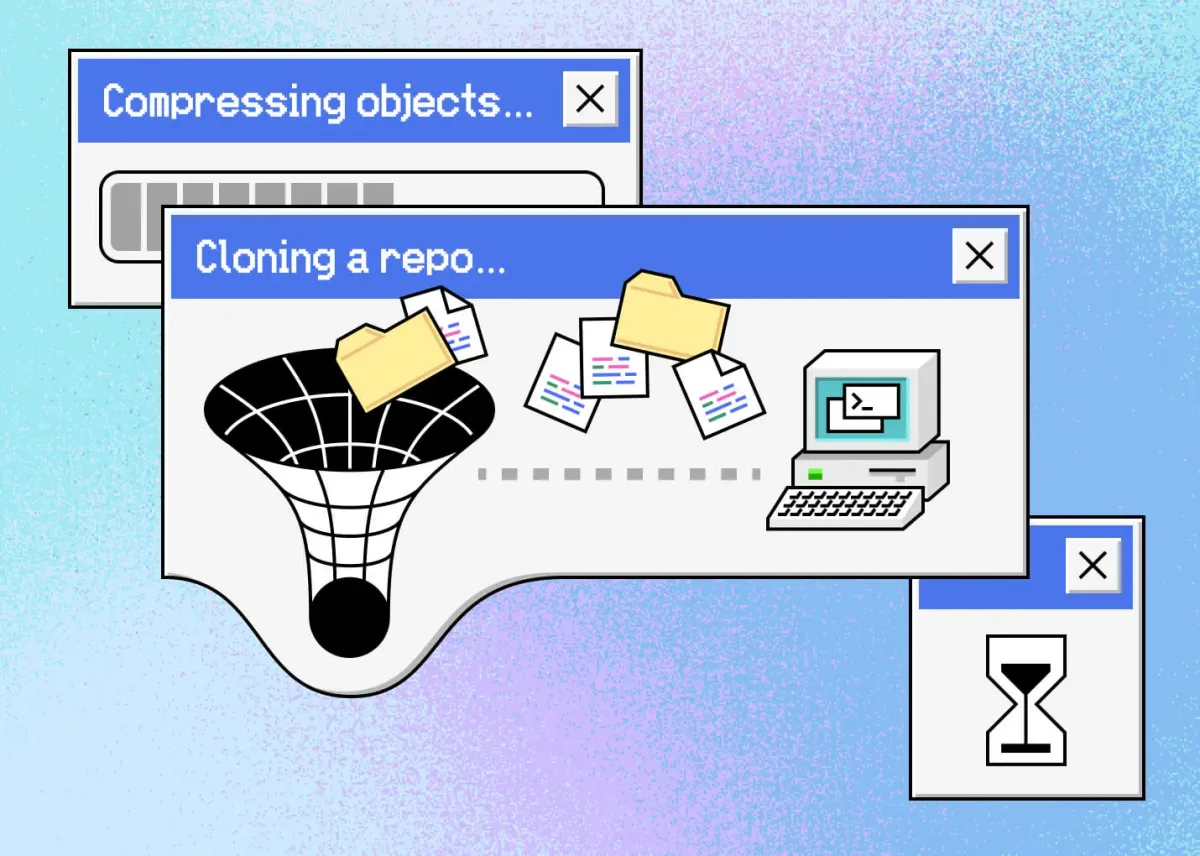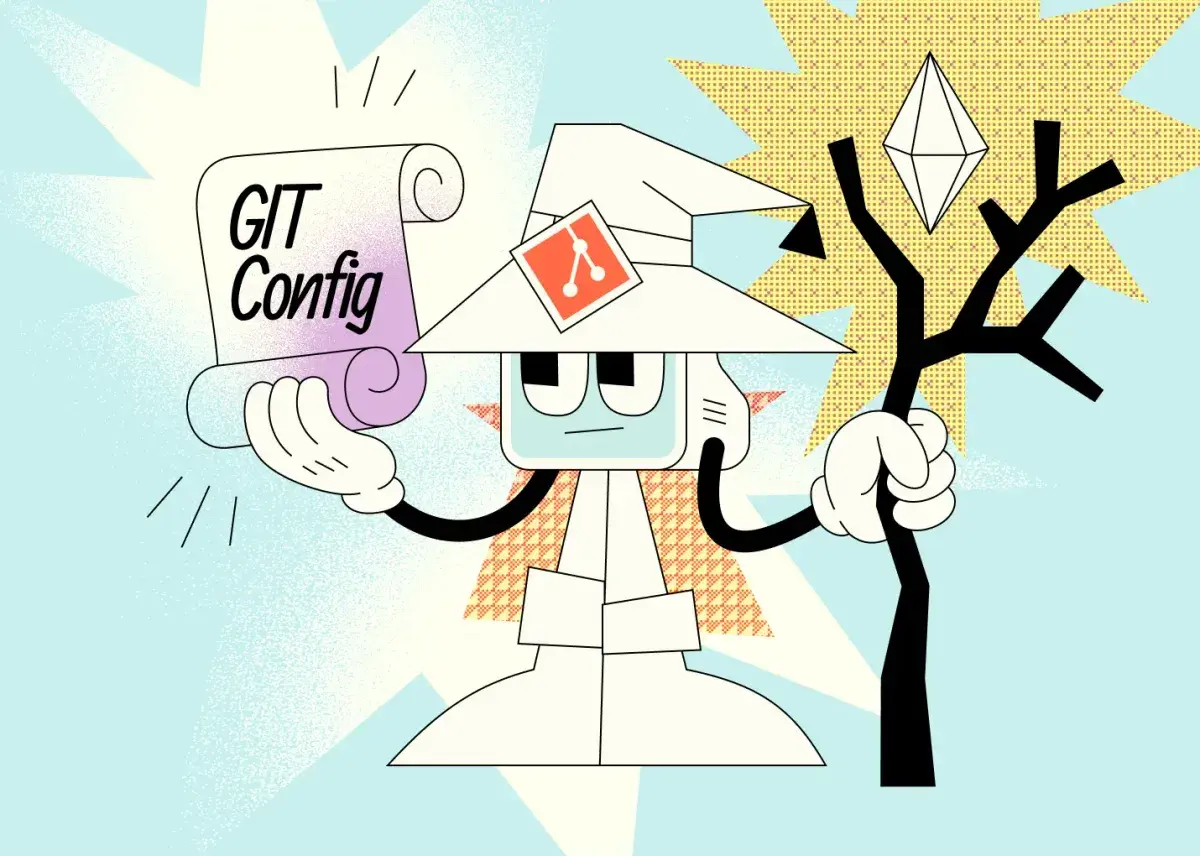Mastodon: @canpolat@hachyderm.io
- 231 Posts
- 100 Comments


I would stay away from YAML (almost at all costs).


For us to be able to help you, I think you need to give us some more details about the organization of your work. If each chapter is a separate text file, then you don’t really need to do any branching at all (assuming people will only make changes on their own files and not touch others’ work). If it is a single text file, branching (or anything else, to be honest) will not help much.
I assume chapters will have their separate files. As long as you can control who touches which file, everybody can work on the same branch (also referred to as “trunk based”). But if you fear that people may interfere with each other’s work (willingly or by accident), then it makes sense to create a branch per chapter to keep contributors at a distance from each other. But working on a single repository requires some sort of an agreement on the workflow.


I have the same problem on mobile Firefox on Android. I’m using the default frontend as well. This was not happening a week ago (or maybe 10 days). Started recently.


Not sure but that sounds like you have a problem with your Git installation (or a dependency of Git). Maybe a reinstallation can solve that.


I understand the “why would I pay for this” reaction. I think crowdsourcing is a better approach for these kinds of content. Once you reach certain level of financial commitment from the crowd, you can give away the PDF and sell the print copy.


git branches are just homeomorphic endofunctors mapping submanifolds of a Hilbert space
Yeah, once you realize that everything falls into place.


The shape of that bottle is creepier than the text.


I believe you can replace
startwith the command that is suitable for your system (e.g.,xdg-openfor linux).
Here is the link to the original website (an NGO that monitors blocked websites in Turkey): https://ifade.org.tr/engelliweb/distrowatch-erisime-engelledi/
And here is the Google translation of the text on that page:
The IP address of the DistroWatch platform, which provides news, reviews, rankings and general information about Linux distributions, was blocked by the National Cyber Incident Response Center (USOM) on the grounds of “IP hosting/spreading malware”.


I think you are highlighting an important point that are missed by other commenters emphasizing the developer. I prefer GPL over MIT license. But this is a possible fallback if Redis decides to change its licensing (like several others did).
I think these kind of products have strategic significance for MS for their Azure offering. They are probably preparing to offer this there (in addition to and as an alternative to Redis). So, it makes sense for Microsoft to release this with an OSS license (otherwise no one will adopt it).


What
checkoutactually does. Here is a past comment with links to the courses (they are pay-walled, unfortunately)


I don’t think I read that one. I created a separate link-post for that one. Thanks.


Mine happened when I watched Paolo Perrota’s Git courses on Pluralsight. That’s when it clicked for me.


Who is this particular developer
As far as I understand from the discussions about the topic, Maxim Dounin was one of the few core developers of nginx. Looks like Wikipedia has already been updated.


The URL seems to have a typo. Correct URL is https://github.com/presslabs/gitfs
I know you said “self hosted”, but if you are interested in an Android app, Google Play Books does most of what you want, I think. You can upload your books, and read them on any device (with offline capabilities). But this is the Self Hosted community, so I will show myself out.


I don’t follow it very closely, but as far as I know, they are the only one implementing the open protocol they designed (which doesn’t interoperate with ActivityPub). However, there seems to be some efforts for creating a bridge: https://www.docs.bsky.app/blog/feature-bridgyfed
As you said, there are some recognizable faces and that may impact the adoption. But not being compatible with ActivityPub is a real bummer.
I think single account ActivityPub implementations are addressing a weakness of the Fediverse: one’s identity (handle, username) is tied to an instance they have no control over. If that instance shuts down users lose everything. With a single account instance, you take that control back. And since it doesn’t need to scale the architecture can be much simpler and can be deployed to much cheaper infrastructure.
The demo was not straightforward, though. And I didn’t quite get how a user can follow Mastodon users, for example.











This problem is now solved for me. I didn’t do anything. Either a Firefox (current version 137.0.2 on mobile) or a Lemmy update (current version BE: 0.19.11) seems to have solved it.